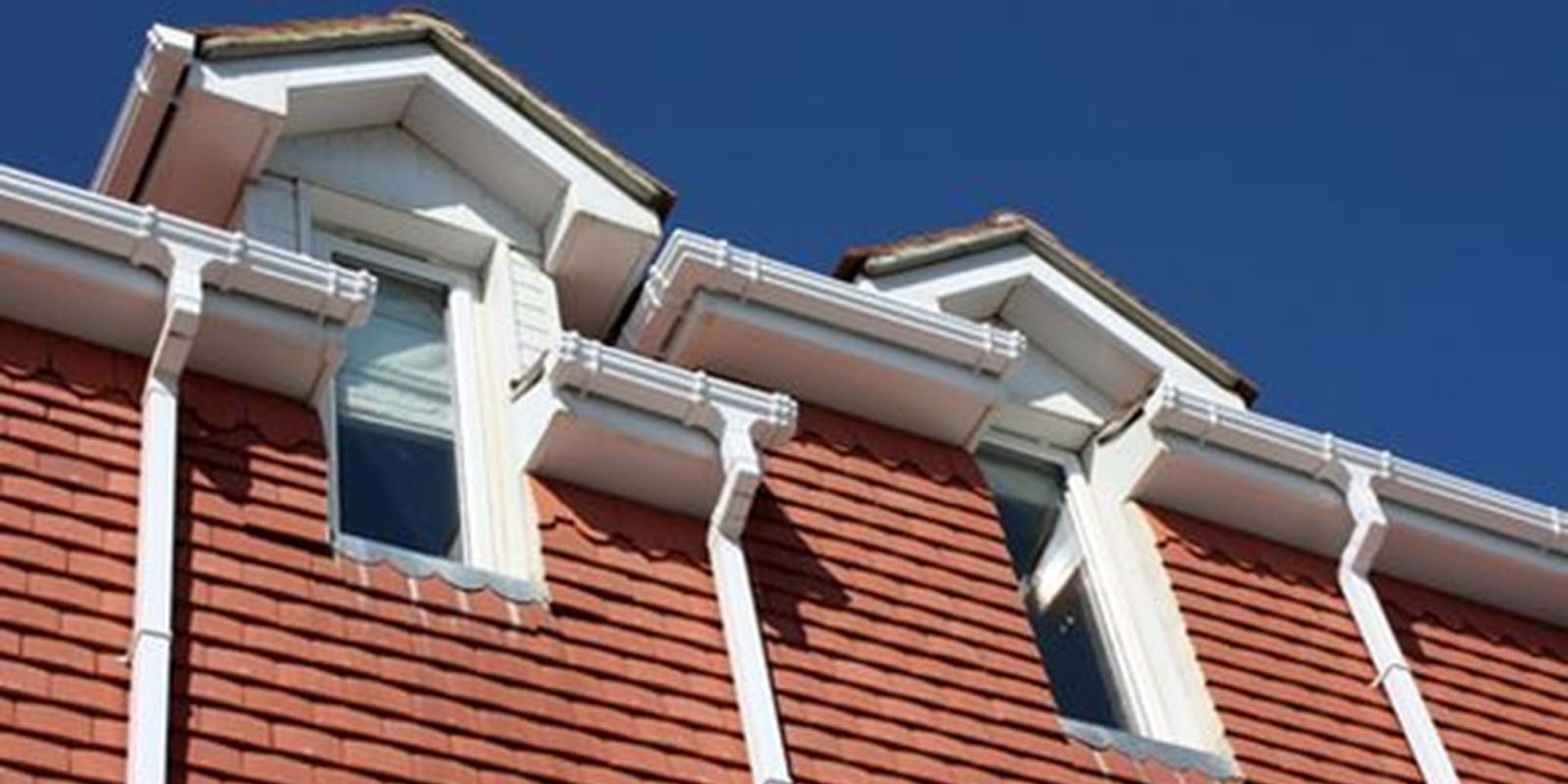Spring is often synonymous with strong rains. It is thus important to make sure that the gutters installed are in conformity and maintained in a secure way. The installation of gutters makes it possible to reduce the risks of cracks in the foundations or of water infiltration.
The Installation of the Gutters
The gutters must have an adequate slope towards the rain descents and the drains so that there is no accumulation of water of more than ½ an inch (
To note: it is forbidden to connect the rain descents to the French drain of the house, since this type of connection can provoke major problems of water infiltration.
Their maintenance
It is necessary to remove the objects or the dead leaves which accumulated in the gutters and to check if water stagnates in certain places.
If water stagnates, this is often a problem associated with sagging of the gutters, i.e. with an insufficiently flowing slope. It is then possible to correct the situation while tightening and solidifying the fasteners.
Regularly the dead leaves transported by the wind and the granules which are detached from the roof coatings as well as other refuse accumulate there, preventing the water run-off. If water is retained, under the effect of freezing, it is likely to infiltrate by the eaves and to cause a premature deterioration of the roof.
For the interior of the gutters, the sprinkler pipe remains the best means for all removing. If the residues persist you can use a brush with stiff hairs. Then rinse the interior of the rain descents abundantly and check the solidity of the various components. If a rain descent does not drain adequately, you can pass a small plunger of plumber to dislodge the deposits or the leaves which would have adhered to the interior wall.
To note: to ensure you of the solidity and the stability of your ladder draw aside the base of the ladder, in regard to the wall, from at least 1/4 the height which it joined. Thus, for a height of
Particularly in a period of thaw and melting of snow, it is important that the rainwater does not accumulate close to the foundations so the use of extensions of rain descent of all kinds, channels made of polyethylene or concrete, etc, draw the rainwater away from the house.

